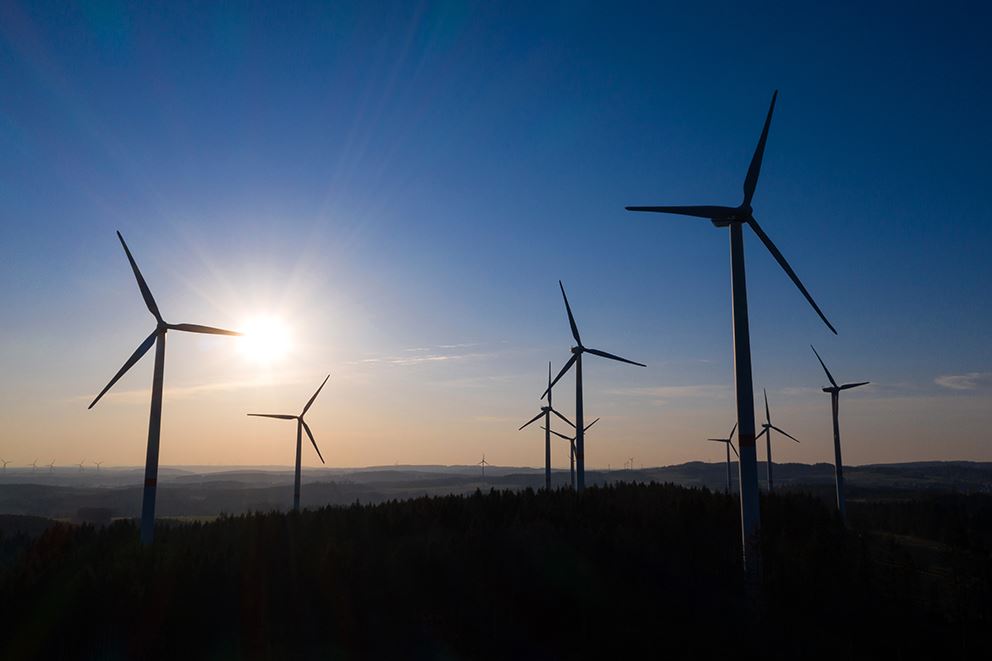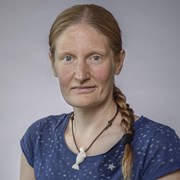Hybrid Models Combining Machine Learning and Physical Knowledge

These projects can be adapted to students from several departments such as Computer Science, Mathematical Sciences or Engineering Cybernetics. The student will need a supervisor associated with the university, but SINTEF can provide most of the practical supervision.
1. Hybrid Modelling and Uncertainty Quantification
In the energy sector, wind turbines, compressors or other production facilities are typically numerically simulated. While those simulations are precise, they are too computationally expensive to use for inference about unknown parameters. The idea is to use machine learning as a surrogate model and explore the uncertainty of the trained model, both on simulated and real data.
A project example could be to measure relations between uncertainty and distance between data. The first task will be to systematically investigate the model performance of a model on different data as a function of difference between the data sets (K-S test), sample sizes and noise. Next step is to explore how the model transfers when including domain knowledge (hybrid AI). The end goal of the project is to use an AI model to mimic the simulation and transfer the model to real data. Both performance and uncertainty aspects can be explored.
2. Predictive maintenance on wind turbine data – in collaboration with Aneo
- Handling of erroneous input data in predictive maintenance of wind turbines with explanatory variables, e.g. vibration.
- Exploring hybrid AI or transfer learning for predictive maintenance data-driven models (e.g. predicting the expected lifetime of gearboxes and bushings of wind turbines).
- Making explainability and relationship of the prediction results and causes.
3. Maximum exploitation of the electricity grid requires robust models of physical units
To maximally exploit existing infrastructure, Statnett are developing models to monitor and predict the temperature of their transformers (the units that convert electricity from high voltage for transmission to low voltage appropriate for consumption). For the models to be useful, a better understanding of how data uncertainty will propagate through the models is required. This has not been sufficiently investigated for hybrid models combining physics and data driven methods.

